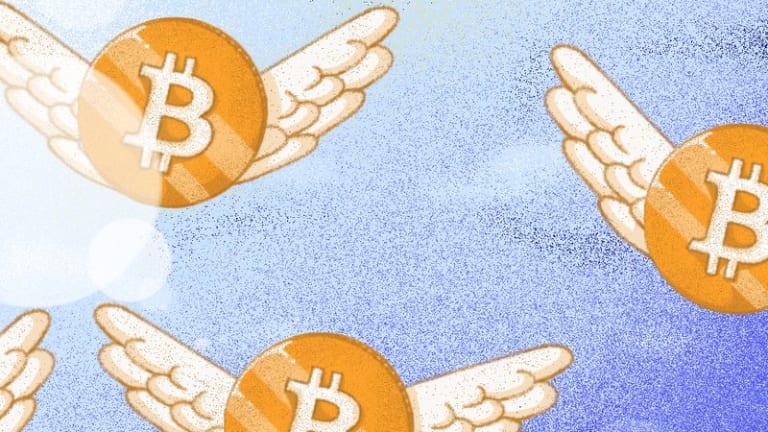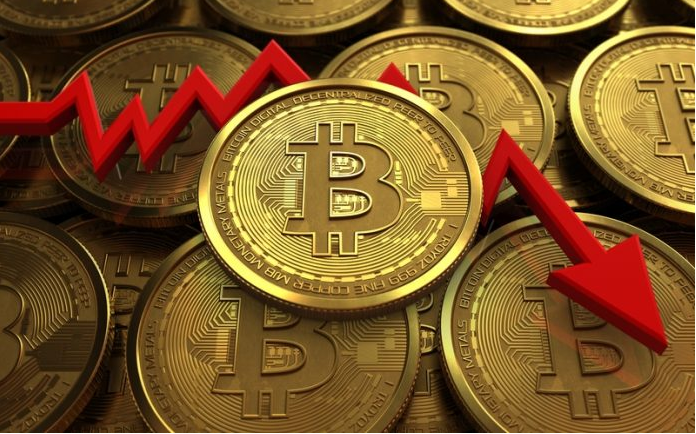Airline miles are the original altcoin, allowing zombie companies to issue value for nothing while encouraging people to be “Miles Chasers.”
In 1999, a civil engineer by the name of David Phillips managed to earn 1.2 million miles by taking advantage of a promotion by Healthy Choice. He did this by mailing in UPC labels from their pudding cups and henceforth became known as The Pudding Guy. This became an early internet meme, like “All your base are belong to us” and the Hampster Dance.
Airline miles have a weird place in American culture. Everyone knows their uses are very limited, they have no transferability and oftentimes expire. Yet they’re seen as a way to beat the system, of getting something for free, of saving some money. We look at The Pudding Guy with envy and admiration. Here’s someone who found a loophole in the system and used it for air travel! He bent the system to his will, and got the benefits that only rich people are entitled to!
There are now many websites and forums that discuss how you can get deals on miles and get hacks on travel. These people are called Miles Chasers and they accumulate miles on the cheap. They apply for several credit cards, spend time on surveys to earn miles and spend weeks traveling to get to the next status tier. They don’t realize that they’ve bought themselves a job, not even a particularly interesting one at that, and it’s entirely rent-seeking.
Confessions of a Miles Chaser
I used to be one of those Miles Chasers. I’d spend an hour looking for a way to earn miles so I could get the equivalent of $8 in miles. Somehow, it never registered that I was giving myself a job at $8/hr. The sadder thing is that the work didn’t really benefit anybody or build anything. It was as productive as doomscrolling through Facebook. Unfortunately, Miles Chasing is a hard habit to break because of the scarcity mentality that’s so common to fiat money: You can take the miles from my cold, dead hands.
Miles have the illusion that you can get something for nothing. I wanted to beat the system and bend it to my will, like The Pudding Guy did. I signed up for lots of credit cards, got their miles and kept track of the required spending for the sign-up bonus for both me and my wife. Only later did I understand that I was rent-seeking.
How Miles Work
Miles look like a normal loyalty program, much like getting a sixth sub free at Subway if you purchase five. And indeed, that’s how it all started back in 1981 when both American and United started their mileage loyalty programs. Both airlines saw that business travel was their big profit center and by rewarding their customers, they could get some more of that business travel money. These customers weren’t as price sensitive to the flights since the companies would foot the bill, but they did care about the benefit: the airline miles. Miles are a subtle kickback to the flyers who were traveling on the company dime.
Soon, other airlines and hotels and car rental companies followed suit. They, too, had a lot of business travelers, and they wanted to incentivize business travelers with company funds to purchase from them. Of course, it sucks having lots of different loyalty programs to manage, so many of the hotels and car rental companies partnered with existing airline miles programs . Miles became the default kickback currency to traveling employees everywhere.
Airlines sell miles to partners at around $0.01/mile. What started as a way for loyalty programs to consolidate became a huge revenue source for airlines. Not only do hotels and car rental companies buy them, but also credit card companies, survey firms and even consumers. Credit cards, in particular, have become huge buyers of miles, as they use their 3% merchant fees to fund the kickback to the user.
Miles are a form of debt; they are redeemable for future flights. Airlines can bank revenue now for flights that haven’t occurred yet! Unlike normal debt, however, miles can be debased by repricing redemptions, reducing redemption availability or expiring them after a period of time.
The availability of this special form of debt, as we will see, has fundamentally changed the nature of the businesses, from travel to debt issuance. It turns out that the ability to print your own debt is a curse.
Airlines are Difficult Businesses
Airlines are very difficult to run. They require tremendous amounts of capital expenditures, high ongoing costs like fuel and labor and complicated logistical infrastructures. There’s also regulation, competition and weather to deal with. It’s no surprise, then, that they often get into financial trouble.
Because governments view airlines as a display of national prestige, there’s a tendency to bail them out of their troubles. The three major U.S. airlines (Delta, American and United) have gone through at least one bankruptcy in the last 20 years. The bankruptcy proceedings usually result in a merger or some new company that’s injected with government funds. Even airlines that might go bankrupt are bailed out by the government such as during the travel shutdowns of the pandemic. The result is that airlines are now zombie companies that repeatedly get revived through government intervention.
Zombie companies typically don’t do that well in the marketplace. It’s no coincidence that air travel times are slower now than in the ‘70s. Planes might be more fuel efficient, but they’re not really faster or more convenient. The way these zombies have survived, besides government intervention, is through the financialization of their miles programs.
Whenever airlines are in a pinch, they sell miles to their partners for cash. They are acting as central banks, except instead of dollars they issue new miles. What’s more, they also control the redemption side of the equation. If they want less redemptions they’ll put more restrictions on redemption flights and if they want more, they’ll put less restrictions. Depending on the inventory of seats they have and the cost of certain flights, they can optimize for discharging the outstanding miles whenever it is least costly. They’re the neighbor that borrows your snowblower in October and returns it in May.
Miles are debt on an airline balance sheet, with a particular form of redemption that airlines control. The initial issuance of the miles and control of the redemption process makes them very much like an altcoin. Altcoins are created at no cost and can only be redeemed for a particular purpose. ICOs were predicated on this, for example. Coin X entitled you to some service, which may or may not be available depending on what the central committee decided.
Mileage Program Valuation
The complete control of the creation and redemption processes makes airline miles programs very valuable. During the pandemic, we got a glance at their valuations because these airlines took out loans against their miles programs. MilesPlus, United Airlines’ program, was valued at $22 billion in 2020. This is in contrast to their current market cap, which is $15B. United Airlines wholly owns MilesPlus, so it’s like finding out that a house costing $500,000 has a kitchen worth $800,000. The rest of United Airlines is worth -$7 billion! Meaning that United is more a bank that uses flights to discharge accumulated mileage debt than an airline that uses mileage programs for loyalty.
The other two major carriers in the U.S., American and Delta, have similar valuations on their miles programs.
These companies are zombies, only kept alive by their ability to print new miles and borrow against future revenue. They’ve become financialized to the point that their business model is mostly in selling miles. They are the original altcoins.
Zombies Everywhere
Airlines are surviving on borrowed revenue. They don’t really operate air travel at a profit, but instead use air travel to discharge miles that they print. By selling miles, they’re banking revenue now for a redeemable liability later. The air travel part of their business is a loss-leader and the part that’s only necessary because it’s the main way in which miles get redeemed. The airlines are zombies living on borrowed time.
The perception of miles is that people are getting something for nothing. In reality, Miles programs are rent-seeking jobs in a money-printing system. The Cantillionaires of airline miles are the people with premium status, who get benefits that cost more for other people. The cost of airline seats are higher because of the subsidies paid to the high-status people. The people are zombies that go after miles.
All this is to say that altcoins aren’t really new. The main difference between altcoins and airline miles is that airlines have been forced to keep a useful service around, which altcoins don’t. In a sense, altcoins are a new level of zombification, with no useful redemption mechanism. If airlines someday only operated the miles programs, they would be altcoins.
Altcoin users, then, are the equivalent of Miles Chasers. They’ve bought themselves jobs of finding the best deals. They buy random coins not based on utility but based on discount. A life seeking deals like this is a good way to end up with a lot of flea-market junk, which not coincidentally is what their portfolios look like.
And that’s the real trouble. It’s easy to get caught up in the lifestyle and fritter your life away on a rent-seeking activity. The Pudding Guy has probably devoted 10,000+ hours to Miles Chasing and altcoiners have probably spent similar amounts of time looking for coin bargains. Such devotion to “free” stuff would be funny if it weren’t so sad.
Plebs stack sats and buy bitcoin by working on what they’re good at, that the market wants. Altcoiners are like The Pudding Guy, rent-seeking and selling their souls in jobs they bought for themselves.
We are not the same.
This is a guest post by Jimmy Song. Opinions expressed are entirely their own and do not necessarily reflect those of BTC Inc or Bitcoin Magazine.







